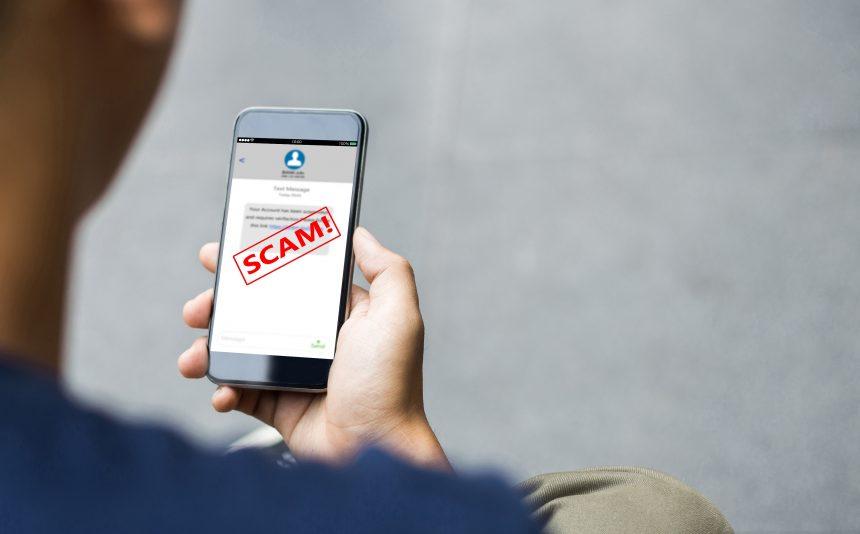Phishing scams have become increasingly sophisticated, aiming to exploit trust by imitating reputable companies and convincing recipients to reveal sensitive information or download malicious files. One recent scam that has been circulating is the “Cloudflare Important Account Update” phishing email. Designed to appear as a legitimate notification from Cloudflare, this scam tricks unsuspecting users into clicking on a link or downloading a file, which can compromise personal information, financial security, and system integrity.
Remove annoying malware threats like this one in seconds!
Scan Your Computer for Free with SpyHunter
Download SpyHunter now, and scan your computer for this and other cybersecurity threats for free!
Breaking Down the “Cloudflare Important Account Update” Email Scam
The “Cloudflare Important Account Update” email is one such phishing scam. It tries to impersonate Cloudflare, a reputable internet infrastructure company, to convince users that their account needs urgent attention. According to the reference article, the scam email uses an official-looking address, often resembling something like support@cloudflare-update[.]com, to appear credible.
In the email, users are informed of an urgent security issue related to their Cloudflare account and are prompted to follow specific instructions. The message may contain:
- A direct link or file attachment, supposedly for “account verification” or “security updates.”
- Urgent language warning of account suspension or data loss if they fail to respond.
- Instructions urging immediate action, which is a hallmark of phishing attempts aiming to exploit users’ fear.
This scam is crafted to pressure users into clicking on the link or downloading the attachment, both of which lead to potential malware infection or a fake Cloudflare login page. By entering their credentials on a phishing page, victims unknowingly provide cybercriminals with access to their accounts.
Text presented in the “Cloudflare – Important Account Update” spam email letter:
Subject: Urgent: Your Account Needs an Update..
Important Account Update
Dear User,
We want to inform you that your Cloudflare account is about to be suspended due to incomplete information.
To avoid any interruptions in your service, please update your account details as soon as possible.
Update Your Account
If you have any questions or need assistance, please do not hesitate to contact our support team.
Thank you for your prompt attention to this matter.
Best Regards,
Cloudflare Support Team
Why Scammers Use This Approach
Cybercriminals rely on impersonating well-known services like Cloudflare because they know users are more likely to comply if they think a trusted company is reaching out to them. Many users encounter these scams due to:
- Random or targeted email campaigns that reach thousands of inboxes.
- Email addresses leaked in previous data breaches, which scammers purchase and use for phishing.
- A lack of understanding of the real appearance of legitimate Cloudflare communication.
These emails are easy to replicate, and attackers customize them to appear as authentic as possible to trick recipients into acting without caution.
Similar Threats to Watch For
This phishing scam isn’t unique. Similar threats are frequently disguised as:
- Microsoft Account Update Notifications
- Banking Security Alerts (e.g., Wells Fargo, Chase)
- Amazon Order or Shipping Confirmations
- PayPal Account Limitation Notices
Each of these scams uses similar tactics: they appear urgent, come from a trusted brand, and use fear or time-sensitivity to prompt users into action.
Comprehensive Guide to Removing Malware from the “Cloudflare Important Account Update” Scam
If you suspect that you’ve fallen for the “Cloudflare Important Account Update” scam, follow this step-by-step guide to remove any associated malware.
Remove annoying malware threats like this one in seconds!
Scan Your Computer for Free with SpyHunter
Download SpyHunter now, and scan your computer for this and other cybersecurity threats for free!
Step 1: Disconnect from the Internet
- Temporarily disable Wi-Fi or unplug your Ethernet cable to prevent any further malware communication with remote servers.
- Restart your device in Safe Mode by selecting the “Safe Mode with Networking” option.
Step 2: Check for Suspicious Programs
- Open Control Panel → Go to Programs and Features.
- Look for recently installed applications that you don’t recognize or didn’t install intentionally. Uninstall these programs if you find any.
Step 3: Run a Full Anti-Malware Scan Using SpyHunter
- Download and install the anti-malware tool SpyHunter.
- Once installed, run a complete system scan to detect any suspicious files or malware that might be present.
- After the scan completes, review the threats SpyHunter has identified and use its tools to remove or quarantine any malicious software.
SpyHunter provides a free initial scan that identifies malware on your device. For thorough removal, consider the premium version to ensure comprehensive protection.
Step 4: Clear Browser Cache and History
- Open your browser settings and go to the history section.
- Clear browsing data, including cookies, cache, and downloaded files. This helps remove any lingering traces of the scam.
Step 5: Change Cloudflare and Other Passwords
- If you logged into any account through the phishing link, immediately change the passwords for those accounts.
- Opt for strong, unique passwords that combine letters, numbers, and special characters.
- Enable two-factor authentication (2FA) for added security.
Step 6: Update Your Operating System and Software
Ensure your operating system and any installed programs are updated to the latest versions. These updates include patches that address security vulnerabilities scammers might exploit.
Further Prevention Tips to Avoid Phishing Scams
To protect yourself from similar phishing scams in the future:
- Be wary of unsolicited emails that ask for sensitive information or urge immediate action.
- Check the sender’s email address carefully. Phishing emails often have slight misspellings in the sender’s address.
- Avoid clicking on links in emails from unknown sources. Hover over links to verify the actual destination before clicking.
- Use an anti-malware program like SpyHunter to scan regularly for potential threats.
- Enable two-factor authentication on critical accounts like email, banking, and cloud services.
Staying vigilant, educating yourself on phishing tactics, and using reliable security software are essential to protecting yourself from cyber threats.





